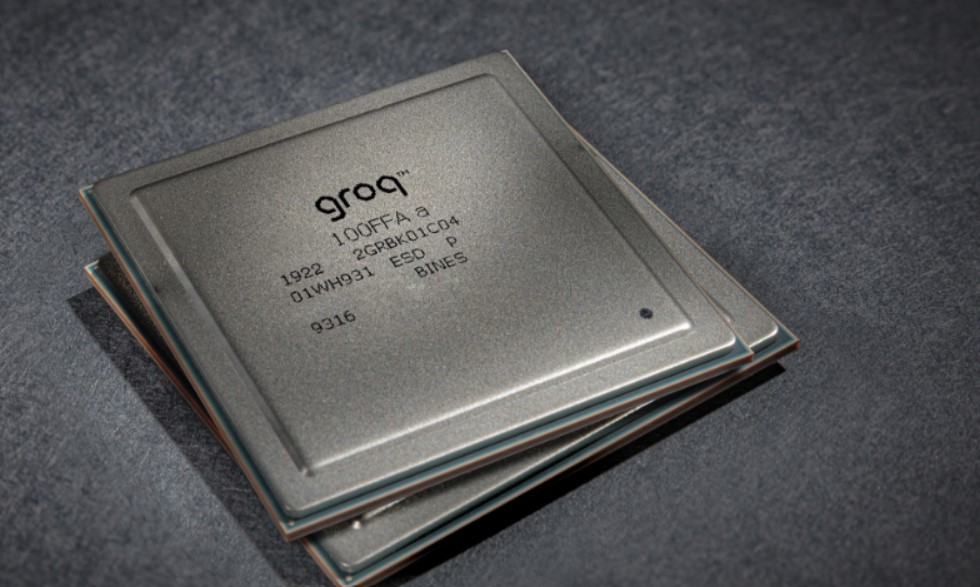A groundbreaking development in the field of metasurface optics is poised to revolutionize facial recognition systems, promising unprecedented levels of accuracy and reliability. Researchers at the Massachusetts Institute of Technology (MIT) have unveiled a pioneering technology that harnesses the power of metasurfaces – ultrathin surfaces engineered to manipulate light in remarkable ways.
This cutting-edge innovation, detailed in a study published in the prestigious journal Nature Photonics, has the potential to overcome the longstanding limitations of traditional facial recognition systems, which often struggle with varying lighting conditions, angles, and obstructions.
"Metasurface optics represents a paradigm shift in how we perceive and process visual information," explained Dr. Sophia Kyriazis, the lead researcher on the project at MIT. "By manipulating light at the nanoscale level, we can capture and analyze facial features with an unprecedented level of detail and precision."
Facial recognition technology has become increasingly prevalent in various sectors, from security and law enforcement to consumer electronics and digital marketing. However, despite its widespread adoption, traditional systems have been plagued by accuracy issues, leading to false positives, missed identifications, and privacy concerns.
The MIT research team's groundbreaking approach involves integrating metasurface optics into facial recognition sensors. These metasurfaces are composed of arrays of carefully engineered nanostructures that can bend, focus, and reshape light in ways that defy the limitations of conventional optics.
"Imagine a surface that can selectively filter and amplify specific wavelengths of light, effectively enhancing the visibility of facial features that are typically obscured or distorted by environmental factors," Kyriazis explained. "This technology essentially gives us an X-ray vision into the intricate details of a person's face, enabling more accurate and reliable identification."
One of the key advantages of metasurface optics is its ability to function effectively in a wide range of lighting conditions, from bright sunlight to low-light environments. This versatility addresses a major pain point for traditional facial recognition systems, which often struggle to maintain consistent performance under varying illumination levels.
Furthermore, the metasurface technology can compensate for obstructions and viewing angles, allowing for accurate recognition even when facial features are partially obscured or viewed from non-ideal angles. This capability could prove invaluable in scenarios such as surveillance, access control, and law enforcement operations.
"We are essentially redefining the boundaries of what is possible in facial recognition," said Dr. Kyriazis. "By harnessing the power of metasurface optics, we can unlock a new level of accuracy and reliability that was previously unattainable."
The potential applications of this breakthrough technology extend far beyond traditional security and surveillance domains. In the realm of consumer electronics, metasurface-enhanced facial recognition could revolutionize user authentication and personalization features in smartphones, laptops, and other devices.
Additionally, the technology could find applications in fields such as biometrics, healthcare, and even entertainment, enabling advanced facial tracking and analysis for various purposes, including medical diagnostics and immersive virtual reality experiences.
While the initial research has yielded promising results, the MIT team acknowledges that further development and rigorous testing are necessary before the technology can be commercially deployed. Ethical considerations and privacy implications will also need to be carefully addressed to ensure responsible and transparent implementation.
"As with any powerful technology, there are legitimate concerns regarding privacy and potential misuse," Kyriazis acknowledged. "We are committed to working closely with policymakers, industry leaders, and civil society organizations to establish robust ethical frameworks and safeguards that protect individual rights while harnessing the benefits of this innovation."
Despite the challenges that lie ahead, the breakthrough in metasurface optics has generated significant excitement within the scientific community and the technology industry. Major players in the facial recognition market, including industry giants and emerging startups, have expressed keen interest in exploring potential collaborations and licensing opportunities.
As the world becomes increasingly reliant on facial recognition technology, the MIT research team's groundbreaking work promises to usher in a new era of accuracy, reliability, and versatility, reshaping the landscape of biometric identification and paving the way for a myriad of innovative applications across diverse sectors.





